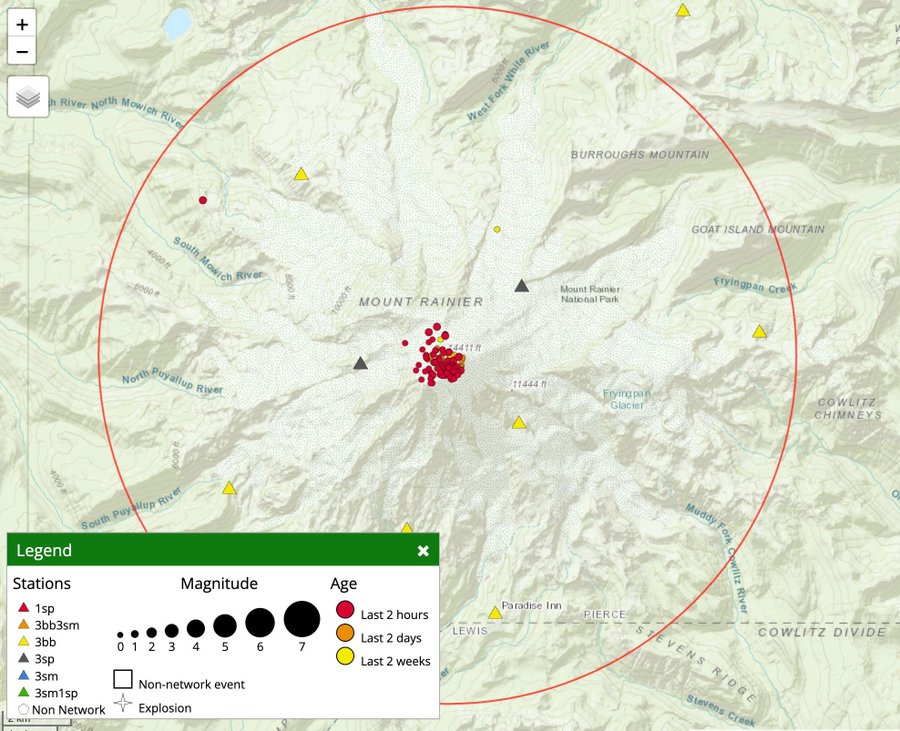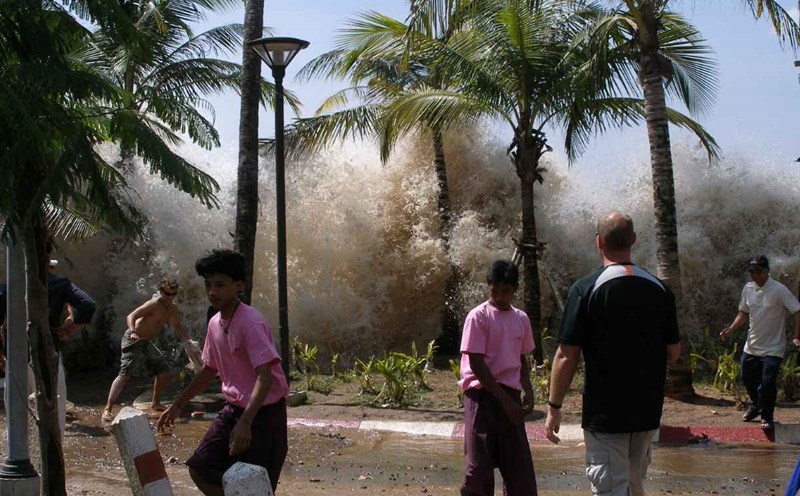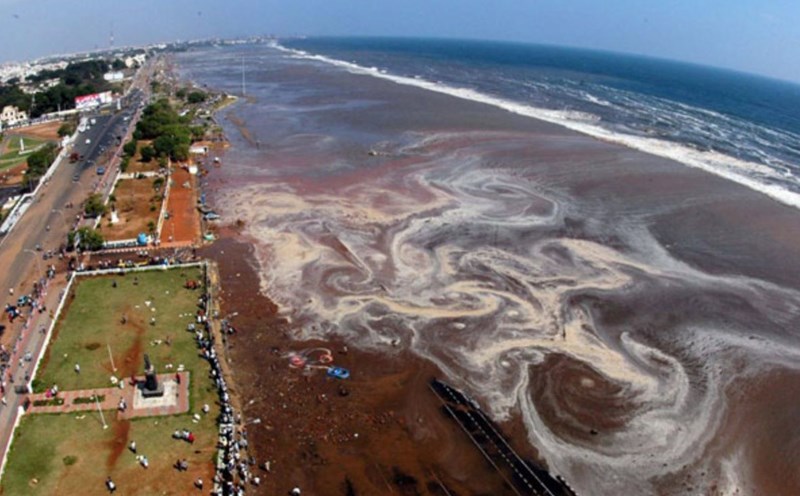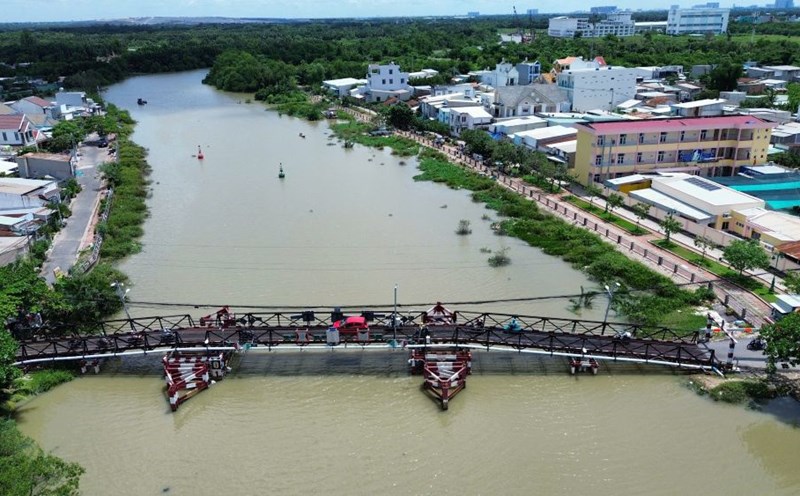On July 8, scientists at the US Geological Survey recorded the largest series of earthquakes in the Rainier volcano (W Washington) since 2009, raising concerns about the risk of unusual underground geological activity.
According to the USGS, the earthquake began at 1:49 a.m. on July 8 (local time), with hundreds of minor aftershocks recorded in just a few hours, the largest of which reached 1.7 degrees richter. Data is provided from the Northwest Pacific earthquake Network (PNSN).
Although there are no signs of an imminent volcanic explosion, the USGS said the series of earthquakes are likely to be related to the movement of hydro-othermal fluid under the mountain top, interacting with pre-existing geological fractures. This is a phenomenon that has appeared in the past at Rainier Mountain.

In the official announcement, the USGS affirmed: No other changes have been recorded at the volcano at this time. Rainier Mountain is still being closely monitored through a network of seismic measurement devices, GPS, webcam and downtime sensors."
The warning status of the volcano remains at green/normal.
Rainier is the second most seismically active volcano in the Cascade Mountains in the western United States. Although there has never been a major landslide in the past 500 years, it is still considered by the USGS to be the most dangerous volcano due to its high altitude, wide river system, frequent earthquakes and a strong hydropatic system.
Every year, scientists detect several hundred small earthquakes around the Rainier mountain area. While these earthquakes do not directly cause major damage, they play an important role in providing information about the movement of magma underground - a key sign to predict the risk of an outbreak.
The USGS said that when unusual earthquakes occur, experts will use specialized equipment to closely monitor the situation, including ground deformation, earthquakes and other manifestations of instability of the volcano. This data is the basis for issuing early warnings if there is a real risk of an outbreak.
Technically, a series of earthquakes does not mean an impending outbreak. However, if the deep magma system below shows signs of receiving new material sources, more complex seismic forms - including magma-transition earthquakes - may appear. This was an early warning sign during the horrific landslide at St. Petersburg. Helens in 1980, killed 57 people.
Washington currently has five major volcanoes in the Cascade: Senior, Glacier Peak, Rainier, St. Petersburg. Helens and Adams. According to the USGS's 2018 risk assessment, all five are in the "very dangerous" or "highly dangerous" group.
The entire United States currently has about 170 volcanoes that are likely to re-activate.









